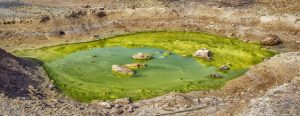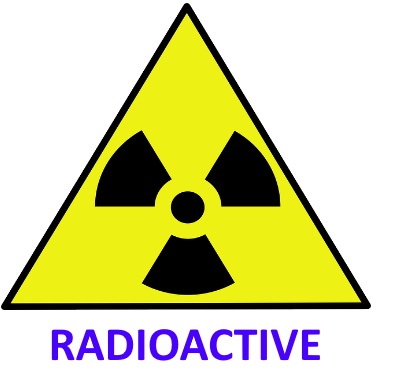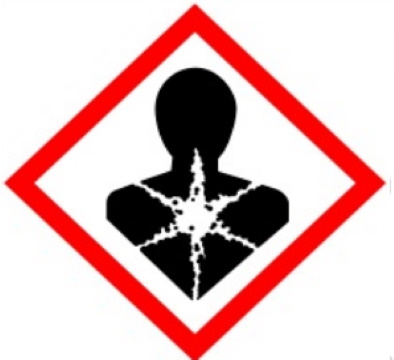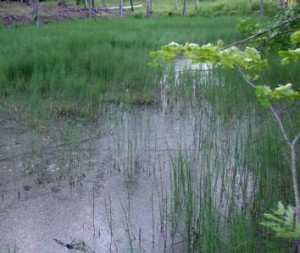
The quest for money, fast or easy, can, or is, usually found in the worst of places. A person feels there’s a ‘need’ for monies that only instant gratification can satisfy without considering the consequences.
It’s like a sign that says, ‘Step into Rush Hour Traffic! Win a Million Dollars!’ Now, would anybody really do that?
So why do corporations set up dirty and toxic fossil extraction business partnerships with governments? One just has to follow the money to see where it’s going.
Who’s really getting wealthy?
The allure and promise of big dollar jobs will attract everybody’s attention. Mining corporations and businesses KNOW this. It’s a need that promises improving one’s quality of life but Uranium mining itself, does have a cost.
One can and do, trade their health and life in exchange, for those big dollars. Is risk of cancers really worth the trade? Maybe, after all some will say, we only live once, why not enjoy it while we can?
I’d rather see people use their earnings towards learning a skill that won’t cost them or their family, their lives.
Mining for Uranium
Exploring and learning about Uranium, we will find it is a white radioactive, metallic element, found in pitchblende (veins) and certain other metals, in Earths’ continental crust. It combines easily with minerals in Earths’ rocks versus iron-rich variety and can be found in naturally low concentrations, in the soil, water and rocks.
Toxic interactions with Uranium begins immediately when disturbed, amassed and it concentrates, when piled together. It’s immediate and natural emissions of radioactive energy bombards it’s surrounding environment with alpha, beta and gamma rays.
Further refining through use of chemicals to separate the uranium, releases toxic fumes, in the form of radon gas emissions.
The refining process creates radioactive waste, stored in ponds, which can take millions of years, to reach a non-radioactive state. Radioactive decay refers to the spontaneous release or ‘ionised radiant energy’ in the form of alpha, beta, gamma rays and/or radon gas, from unstable atoms.
The gases are dangerous to the surrounding environment and the human body, due to the ability to separate atoms including those in our own bodies. The bigger the Uranium mining expands includes growing sizes of the waste ponds.

Radiation Exposure
The human body can heal itself with low concentrations of radioactivity but it does have limits and heals at it’s own pace. Exposure to radiation begins with initial exploratory drilling and producing a ‘core sample‘ of the soil.
Living or working, in or near, a Uranium mine can have many, receiving various rates of exposure, to radiation. Once mining begins, the wind and water can carry radioactive particles to the surrounding fauna, animals, waters, land and ultimately affect the local food chain.
Do you still want to get rich with a high pay job but risk your life? Exposure may affect the reproductive systems of both genders of humans and animals. Environmentalists, scientists and concerned citizens living nearby do their best to inform the public.
Corporations push for silence to be the order of the day, and some governments comply or use ‘green washing‘ advertising, promising ‘healthy‘ standards. Do you really want such hazardous dangers lurking near you, your family, community?
Learning in Motion
Further Learning Resources
Environmental Impacts on the Navajo Nation from Uranium Mining
I hope you found this article informative and gained some new insight. Please feel free to leave your comments and Share your new found knowledge with others. Use the ‘Ask A Question’ form to make a request on a topic of your own interest. It is FREE to subscribe to my RSS feed.





